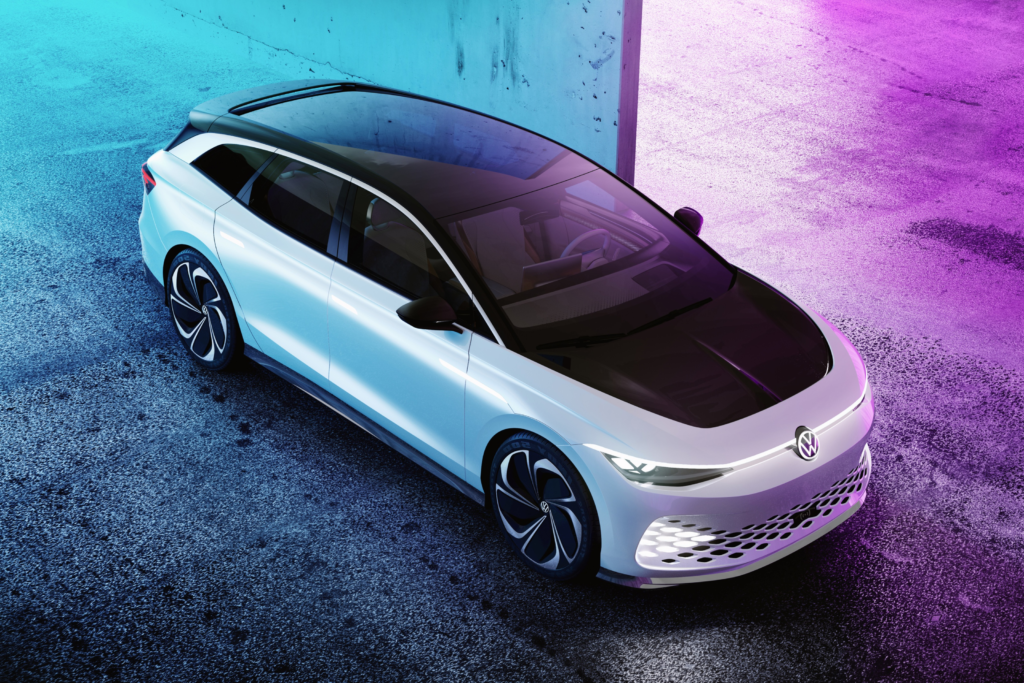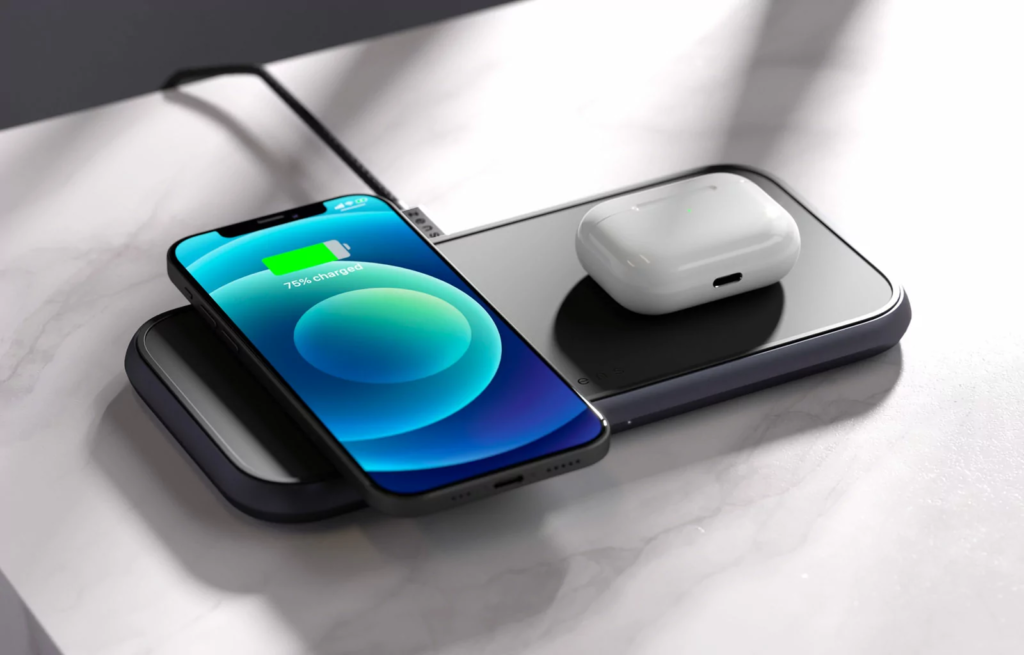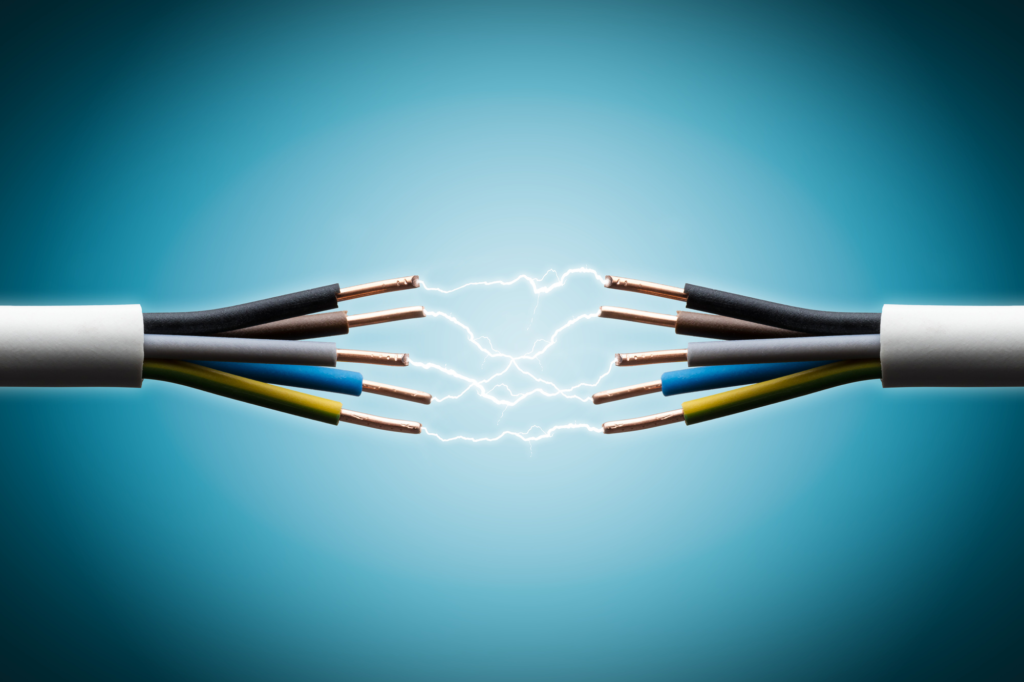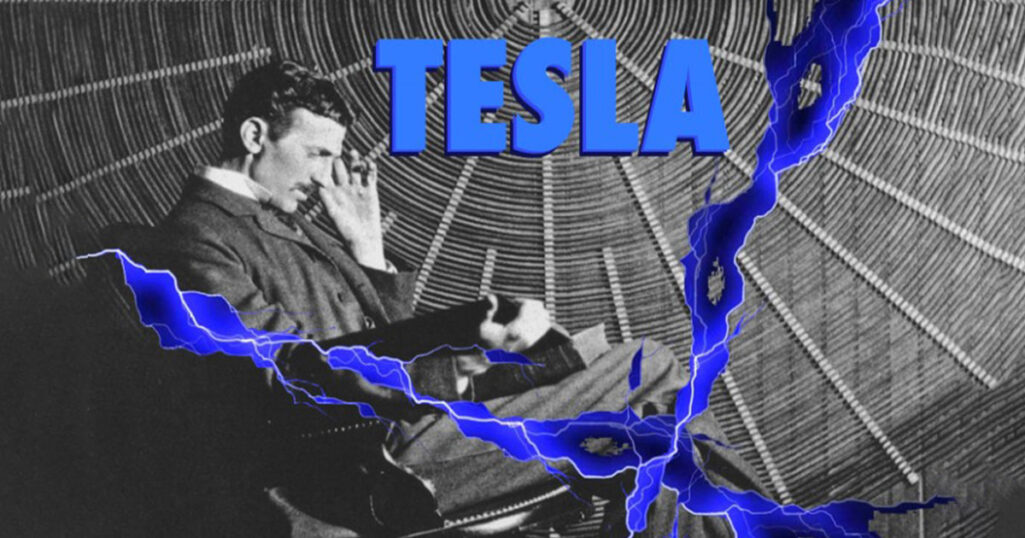
Each new technical development contributes to the development of engineering. Even though there is a new invention in the power and electricity sector every day in the modern era, several fundamental inventions from the last few centuries in electrical and electronics engineering continue to be helpful in the present day. Future engineers need to be familiar with the timeless developments in electrical engineering that are still in use today. This guide discusses some of the best electrical engineering inventions and their significance.
Who Invented Electricity?
Have you ever wondered who first discovered electricity? Electricity didn’t need to be invented because it is a natural force that already exists in our world. It had to be discovered and understood first, though. Most people say that Benjamin Franklin was the first person to discover electricity. He was interested in many scientific areas and made many discoveries and inventions. He became interested in electricity around the middle of the 1700s.
Scientists mainly studied and experimented with static electricity up until that point. However, he thought that electricity had both positive and negative elements and that electricity moved between the positive and negative elements. He also thought that lightning was a type of this flowing electricity.

Many other scientists studied electricity and learned more about it by building on Franklin’s work. But did Benjamin Franklin discover electricity first? At the beginning of the 17th century, an English scientist named William Gilbert laid the scientific groundwork for studying electricity and magnetism. Sir Thomas Browne, who was also English, was inspired by Gilbert’s work to do more research and write books about what he discovered. People say that Gilbert and Browne were the first scientists to use the word “electricity.”
Famous Electrical Inventions
Even though the field of electrical engineering has made a lot of progress in the past few years, it shows no signs of slowing down. Here are some of the essential electrical inventions ever made:
Light Bulb
Electric light is one of the essential electrical conveniences in our lives. Before the electric bulb was made, different things like candles, gas, and oil lights were burned to provide public lighting. When they were first put in, these were very wasteful and required a lot of maintenance compared to electric lights. Its development also led to the beginning of the electronic age and made roads worldwide much safer at night.

Thomas Alva Edison did make the first commercially viable electric light bulb but did not “invent” the electric light in the usual sense in 1879, which is still used today in a more advanced form. Some historians say more than 20 people invented the electric light bulb before Thomas Edison. Edison is often given credit for the invention because his version was better than those that came before it. It is because of a combination of three things: a solid radiant material, a higher vacuum than others could achieve, and a high resistance that made force circulation from a concentrated source cost-effective.
Artificial Intelligence (AI)
AI is one of the best electrical inventions. Despite this, it faced a lot of setbacks. From 1957 to 1974, AI grew and got better. The algorithms for machine learning got better, and people got better at figuring out which algorithm to use for which problem.

AI made it much easier for electrical engineers to do their jobs in an industrial setting. They made a lot of significant improvements to engineering work, like making AI and machine learning platforms for more complex and powerful equipment, making complicated algorithms for data analysis, making new codes or improving the ones already there, and processing images. Artificial intelligence has recently focused on more robust strategies like deep learning and artificial neural networks.
MP3 player
MP3 stands for MPEG Audio Layer III, a standard for audio compression that makes any music file smaller without losing much sound quality. MPEG, which stands for “Motion Pictures Expert Group,” is a set of rules for showing video and sound using audio and video compression. MP3 is a vital part of MPEG. In the late 1990s, MP3 players became popular as portable music devices that were commercially viable.

Kane Kramer, a British scientist, devised the idea for portable media players in 1979 when he made one of the first digital audio players. But the prototype was never made for sale, so there were no MP3 players until 1997 when a South Korean company called Saehan Information Systems released the MPMan. Six to twelve songs could fit on the flash-based players.
Digital Camera
You probably have shared at least one memorable photo with family or friends in the past few weeks. The process took almost no time, from taking the picture to sharing it. But just a few decades ago, you had to load and unload film in your camera, drop it off to be developed, and then wait days to find out if you had any pictures worth sharing.

The concept of “filmless cameras” has been around since the 1960s, when initial improvements were made. However, scientist Eugene F. Lally’s mosaic photo sensor had yet to catch up with the idea. In 1975, Steven Sasson of Eastman Kodak made the first electronic camera for scientific and military use. Digital cameras became popular with consumers in the middle to late 1990s. Now, most new cameras are digital, and almost every smartphone comes with at least one. This has changed how people see and record the world around them.
Electric Cars
You might be surprised to learn that the first versions were made in the 1880s when electricity was still pretty new. Electric cars only went away once improvements were made to the internal combustion engine. During the energy crisis of the 1970s and 1980s, people were briefly interested in electric cars again. But mass production of electric cars started in 2008. This was because of worries about rising oil prices and pollution from gasoline-powered cars.

Thanks to improvements in batteries and how energy is used, electric cars are better now than they have ever been. Already, they are making a big difference in how clean the air is and how independent we are from oil from other countries. Since electric cars are made up of many parts, like rechargeable batteries, electricity, and cars, it’s impossible to say that one person came up with the idea.
Wireless Charging
Wireless power seems like a new idea, but Nikola Tesla invented it more than 100 years ago. Since then, there have been a lot of discoveries, improvements, and real-world uses. We have wireless charging in our homes, warehouses, hospitals, offices, cars, and almost everywhere else. Technology is getting stronger and more common quickly, making the technologies that came before it obsolete.

Wireless charging is an area of technology that shows a lot of promise for growing the market for electric cars. It’s likely that electric cars will also be used in the future. A person with an electric car can park at a charging spot without having to plug the car in. Also, wireless charging docks will be smaller, making them more accessible and cheaper.
Electric Motors
An electric motor is a device that has probably made the most progress in engineering and innovation since electricity was first discovered. An electric motor is just a piece of electrical and mechanical equipment that turns electrical energy into mechanical energy. Because of engines, 21st-century existence has various electrical uses.

Since electric motors were first made, much progress has been made in electrical engineering, and electric motors are still a critical topic for electrical engineers today. The electric motors were so innovative that they almost wholly replaced steam motors in factories and other large businesses.
Alternating Current (AC)
Alternating current, sometimes known as AC, was another one of the most significant advancements in the field of electrical engineering. Nikola Tesla was the one who made the discovery that proved to be revolutionary for the way that we create and use energy. Alternating current, as opposed to direct current, was shown to be safer and more efficient over large distances.

The alternating current made it possible to electrify large portions of the population in several countries worldwide. It is widely regarded as the most important invention before others on this list. In addition, it made possible the development of items like electrical motors and transformers. Today, millions of people all around the world make regular use of AC in their homes.
The Internet
The Internet has existed since the 1960s when people started working on packet switching. You can only talk about the best modern inventions by mentioning the Internet. Tim Berners-Lee created the World Wide Web in 1989 after years of slow but steady progress. With the rise of email, instant messaging, and VoIP, the web has become a place for blogs, social networks, and online shopping sites that we can’t live without today.

The Internet is undoubtedly one of the essential pieces of technology. It has changed the world and how we live in unrecognizable ways before it was made. Today, it’s grown so big that it’s almost all there is. It’s made new industries possible and made it possible for people to connect and work from anywhere in the world as long as they have an internet connection.
GPS
The Global Positioning System (GPS) uses a method called trilateration. Trilateration uses signals from satellites to get information about a place’s size, speed, and height. People often confuse it with triangulation, but triangulation is used to measure points, not distances. To find your location, a GPS device must be able to read the signal from any four satellites in the constellation.

Each satellite in the group goes around the earth twice daily, giving out a unique sign, time, and orbital boundaries. A GPS device can look at the signals from at least six satellites at any given time.
Conclusion
Electrical innovations are easy to take for granted today because of the prevalence of many electronic appliances and devices. Despite this, creative minds working over the past few decades have produced a flood of remarkable innovations that are deserving of some acknowledgment.




